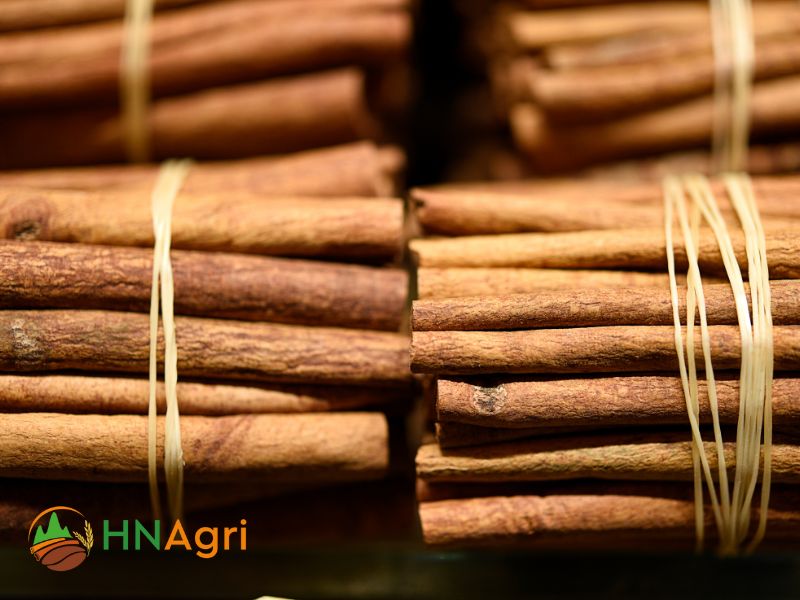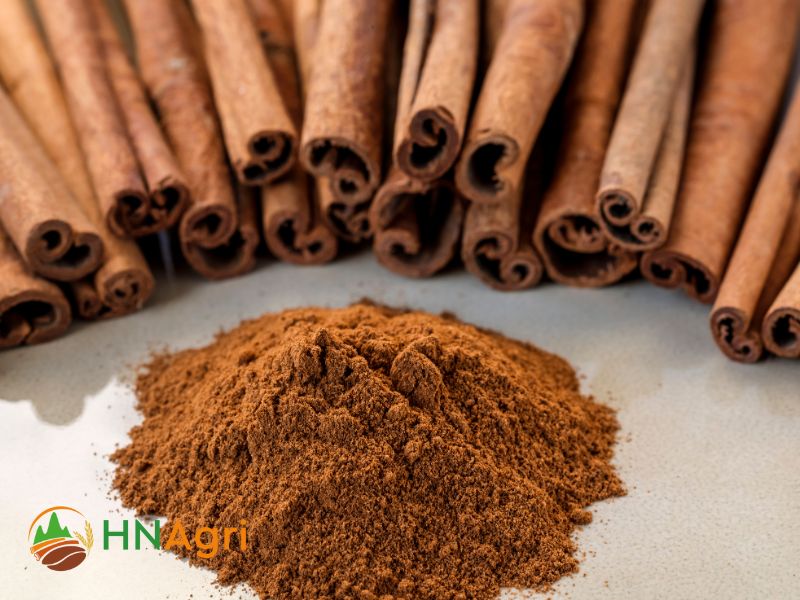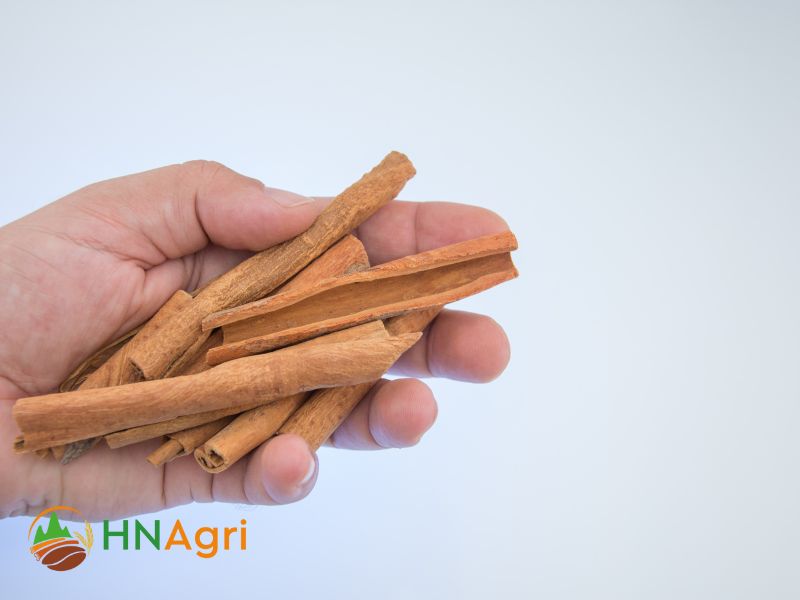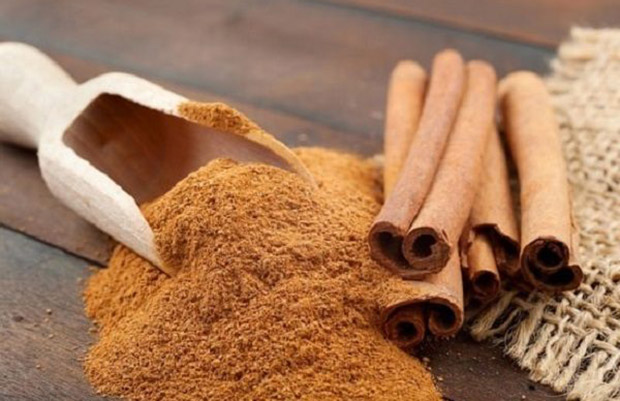Cassia Cinnamon A Spice Steeped in Tradition and Taste

- :
- : Agriculture Trading Tips Vietnamese cinnamon
- :
- : Còn hàng
Journey into the world of Cassia Cinnamon, where tradition and taste intertwine to create a truly remarkable spice experience. Delve into its fascinating history, from ancient civilizations to modern kitchens, and unravel the secrets behind its distinct flavor and aroma. Unleash your culinary creativity as we delve into mouthwatering recipes and discover the health benefits that this spice brings to the table.
1. An Introduction to Cassia Cinnamon
Let’s know more about tasting profiles and cooking with cinnamon cassia with this part.
1.1. Tasting Profiles: The Bold and Distinctive Flavors of Cassia Cinnamon
Cassia cinnamon is a type of cinnamon with bold and distinctive flavors. Compared to its counterpart, Ceylon cinnamon, cassia cinnamon tends to have a stronger and more robust taste. Here are some tasting profiles that characterize the flavors of cassia cinnamon:
- Strong and Spicy: Cassia cinnamon is known for its intense, spicy flavor. It has a powerful aroma that is often described as warm, pungent, and fragrant. When you taste cassia cinnamon, you’ll notice a strong kick of spiciness on your palate.
- Sweetness: Despite its spiciness, cassia cinnamon also carries a natural sweetness. The sweetness is not as prominent as the spiciness, but it provides a pleasant balance to the overall flavor profile. This touch of sweetness adds depth and complexity to dishes and beverages.
- Rich and Earthy: Cassia cinnamon has a rich and earthy undertone that sets it apart from other types of cinnamon. This characteristic adds depth and warmth to its flavor profile. It can be reminiscent of warm baking spices and can be quite comforting.
- Bitterness: In some cases, cassia cinnamon may have a slightly bitter note, especially when used in larger quantities. This bitterness is subtle and doesn’t overpower the overall flavor profile. It can provide a hint of complexity and sophistication to dishes.
- Lingering Heat: One of the unique aspects of cassia cinnamon is its lingering heat. After tasting it, you may experience a warming sensation in your mouth and throat that lasts for a while. This sensation adds a touch of excitement and warmth to your culinary creations.

The Bold and Distinctive Flavors of Cassia Cinnamon
1.2. Cooking with Cassia Cinnamon: Classic Spice Blends and Their Uses
Cassia cinnamon is a versatile spice that is commonly used in various classic spice blends, adding depth and warmth to dishes. Here are some popular spice blends that feature cassia cinnamon and their common uses in cooking:
- Pumpkin Pie Spice: Pumpkin pie spice typically includes cassia cinnamon, along with other warm spices like nutmeg, cloves, and ginger. It is used primarily in sweet recipes, particularly in pumpkin-based desserts, such as pies, muffins, and cakes. It also works well in spice-infused beverages like lattes and hot chocolate.
- Garam Masala: Garam masala is an essential spice blend in Indian cuisine. It combines cassia cinnamon with other aromatic spices like cumin, cardamom, cloves, black pepper, and coriander. Garam masala is used in curries, stews, and rice dishes to add a rich, complex flavor and a touch of warmth. It can also be sprinkled over roasted vegetables or grilled meats.
- Chinese Five-Spice Powder: Chinese five-spice powder is a blend that includes cassia cinnamon, star anise, cloves, Szechuan peppercorns, and fennel seeds. It is commonly used in Chinese cuisine to season meats, poultry, and stir-fried dishes. The blend offers a balance of sweet, spicy, and aromatic flavors.
- Moroccan Spice Blend (Ras el Hanout): Ras el Hanout is a Moroccan spice blend that typically contains cassia cinnamon, along with spices like cumin, coriander, turmeric, ginger, and cardamom. It is used in tagines, couscous, and other North African dishes to impart a complex, warm, and slightly sweet flavor.
- Apple Pie Spice: Similar to pumpkin pie spice, apple pie spice combines cassia cinnamon with other spices like nutmeg, allspice, and cloves. It is primarily used in apple-based desserts, such as apple pies, crisps, and compotes, to enhance the natural sweetness of the fruit.
- Chai Spice: Chai spice blends often include cassia cinnamon, along with cardamom, ginger, cloves, and black pepper. This blend is used to make spiced tea or chai, a popular beverage in many cultures. Chai spice can also be added to baked goods like cookies and cakes, as well as oatmeal or smoothies for a warm and aromatic twist.

The combination of cassia cinnamon and other spices
2. The combination of cassia cinnamon and other spices
The combination of cassia cinnamon with Vietnamese star anise, along with other spices, can result in a rich and complex flavor profile. These spices complement each other and can be used in various dishes to create a harmonious blend of warm, aromatic, and slightly sweet flavors. Here are some examples of combinations using cassia cinnamon, Vietnamese star anise, and other spices:
- Chinese Five-Spice Powder: Chinese five-spice powder traditionally combines cassia cinnamon, Vietnamese star anise, cloves, Szechuan peppercorns, and fennel seeds. This spice blend is commonly used in Chinese cuisine to season meats, stir-fries, and sauces. The combination of these spices creates a balance of sweet, spicy, and aromatic flavors.
- Indian Chai Masala: In addition to cassia cinnamon and Vietnamese star anise, Indian chai masala typically includes cardamom, cloves, ginger, and black pepper. This spice blend is used to make spiced tea or chai. The combination of these spices creates a warming and fragrant flavor profile, perfect for enjoying a cozy cup of tea.
- Spiced Baked Goods: Cassia cinnamon and quality Vietnamese star anise can be combined with other spices like nutmeg, cloves, and ginger in various baked goods. For example, in gingerbread cookies or spiced cakes, the combination of these spices creates a warm and comforting flavor profile that is often associated with holiday treats.
- Mulled Beverages: When making mulled wine or cider, you can combine cassia cinnamon, Vietnamese star anise, and other spices like cloves, nutmeg, and orange peel. The combination of these spices infuses the beverage with a delightful blend of warm and aromatic flavors, making it perfect for chilly evenings.
3. Popular types of cassia cinnamon on the market today
The market offers several popular types of cassia cinnamon from different regions, each with its own unique characteristics. Here are three popular types of cassia cinnamon available today:
- Vietnamese Cassia Cinnamon: Vietnamese cassia cinnamon, often referred to as Saigon cinnamon, is highly regarded for its intense flavor profile. It has a darker reddish-brown color and a more pronounced spiciness compared to other varieties. Vietnamese cassia cinnamon is prized for its strong and aromatic qualities, which make it a popular choice for seasoning meats, pho broth, and various Vietnamese dishes.
- Indonesian Cassia Cinnamon: Indonesian cassia cinnamon, also known as Korintje cinnamon, is one of the most common types of cassia cinnamon found in the market. It has a lighter brown color and a milder flavor compared to Indian and Vietnamese varieties.
Indian Cassia Cinnamon: Indian cassia cinnamon, also known as Cinnamomum cassia or “Cassia Bark,” is widely used in Indian cuisine and is known for its strong and robust flavor. It has a reddish-brown color and a thicker bark compared to other varieties. Indian cassia cinnamon tends to have a bold, spicy, and slightly sweet taste, making it a preferred choice for adding warmth and depth to curries, chai tea, and other Indian dishes. Follow this link to know more about Indian cinnamon: https://hncinnamon.com/all-about-indian-cinnamon-that-should-not-be-missed/






